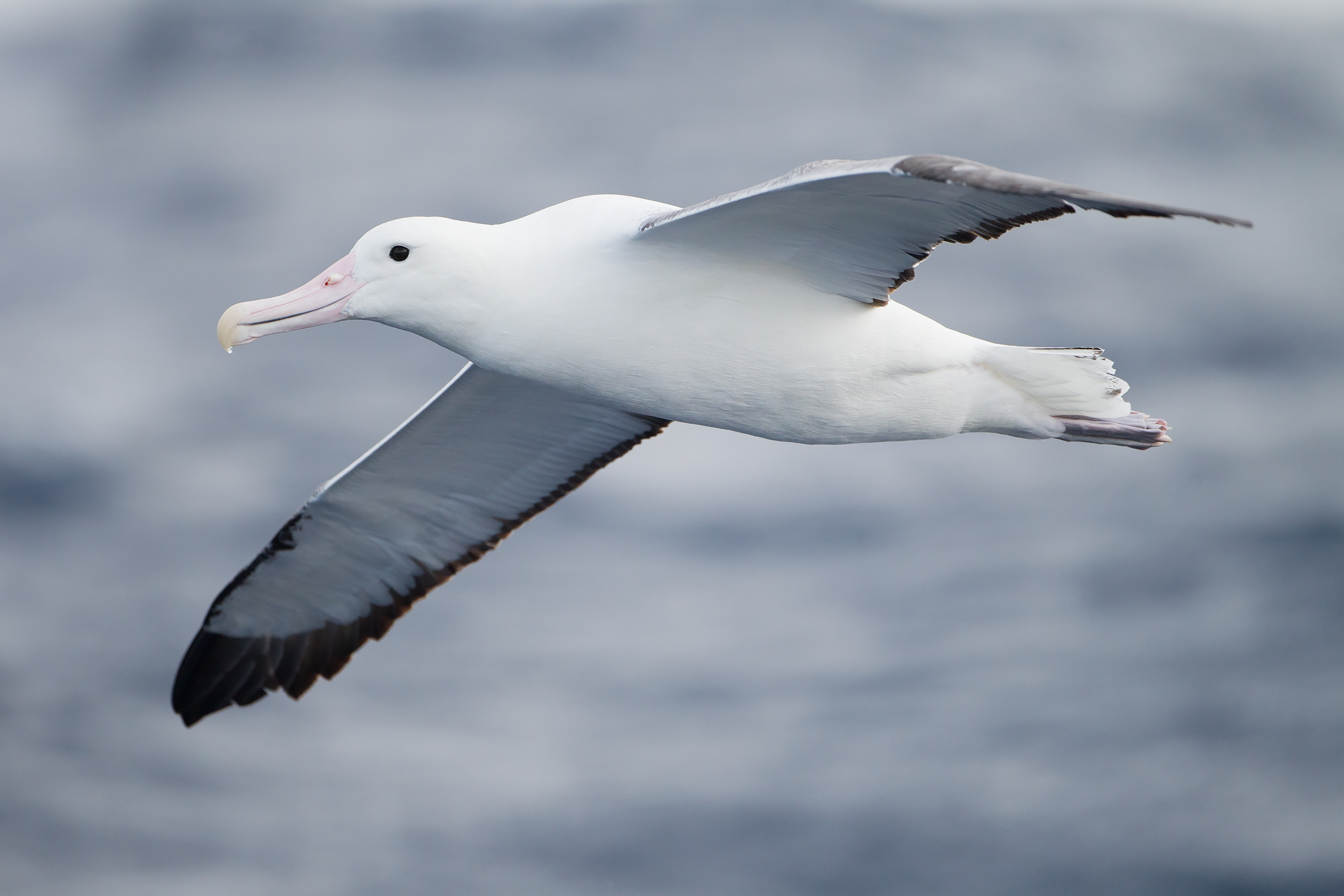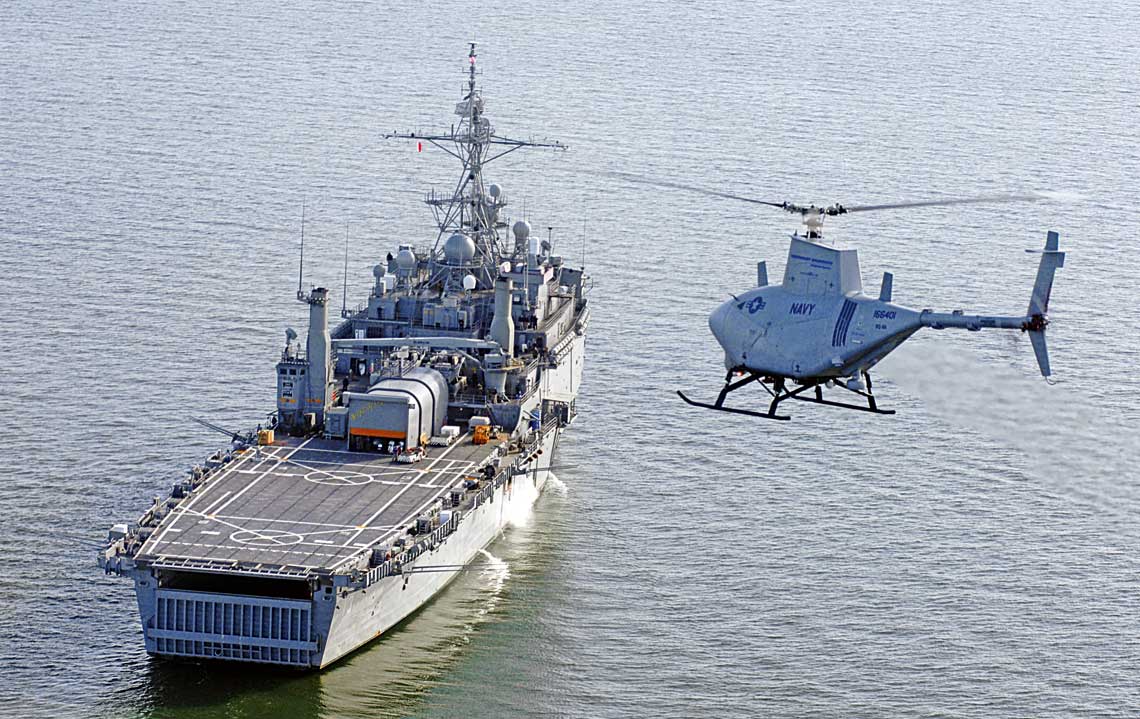
albatross

Albatross, i.e. unmanned aerial vehicle for the Polish Navy
One of the objectives of the Operational Program "Image and Satellite Recognition" of the Plan for the Technical Modernization of the Polish Armed Forces for 2013-2022 concerns the purchase of a tactical unmanned vertical take-off and landing aircraft complex, code-named "Albatros", intended for operation from the decks of the Polish Navy. Thus, it will be a system used by sailors and missions mainly at sea.
Probably, the first question that arises when mentioning an onboard flying ship concerns its carrier, i.e. ship. Its displacement, design, dimensions of the cockpit and hangar (even telescopic) determine the tactical and technical parameters of the unmanned aerial vehicle. The poor state of the Polish Navy and the chronic shortage of modern ships may raise doubts that the purchase of airborne UAVs in such conditions does not go awry. Although theoretically both Olivier frigates could now be carriers
Hazard Perry, command ship ORP Kontradmirał Xawery Czernicki and soon patrol ship ORP Ślązak. However, the December decisions of the Ministry of Defense and the Armaments Inspectorate of the Ministry of Defense, namely the return to the implementation of the Mechnik coastal defense shipbuilding program, force new surface ships back on the agenda, which will be either corvettes or frigates, and three of them will be added to the Polish Navy beyond 2025, as shown at the recent Maritime Safety Forum. Thus, it can be assumed that the tactical "short-range tactical-class UAV with vertical launch" will be acquired with the Mechnikovs in mind (whose program was also still on the rise when the Albatross was speculated).
Tactical, what is it?
Before we begin to consider what parameters and equipment the future Albatross should have, it is necessary to establish what the IU understands by the term “tactical” UAV. The requirements disclosed for range, flight duration and payload are of a general nature and boil down to record capabilities, the largest, the largest, the largest. The same applies to the achievable flight speeds. However, the wording is a hint: It is recommended that the takeoff weight of one aerial platform does not exceed 200 kg (MTOW - maximum takeoff weight). Thus, the wanted UAV is between I and II class of UAVs according to NATO classification. Class I includes devices weighing less than 150 kg, and class II - from 150 to 600 kg. The mass and dimensions of the UAV are translated into its operating radius, which, with the accepted take-off weight ME, can be determined as 100÷150 km. This also follows from the radio range. The UAV must fly within the coverage area (in the field of view) of the communication antennas (flight control and reconnaissance data transmission) on the ship, this requirement is included in the operational requirements, or it can overcome part of the route autonomously, including reconnaissance, after preliminary programming, but then it cannot transmit intelligence data in real time. With a takeoff weight of up to 200 kg, the Albatross will not have a satellite communications system. Another possibility would be signal relaying, but, firstly, there is no such requirement, and secondly, this would mean an increase in the number of UAVs on the ship if another flying UAV had to provide relaying (another possibility is relaying through another aircraft, for example, manned, but in Polish realities these are purely theoretical considerations).
As for other spatiotemporal indicators, it can be assumed that the flight speed will not exceed 200 km/h (cruising speed will probably be a little over 100 km/h), and the flight duration will be in the range of ~ 4 ÷ 8 hours. It is possible to exceed the height of more than 1000 m, but the height of the patrol flight will be no more than a few hundred meters. In addition to the nature of the mission, these parameters will be influenced by the design of the selected UAV, as well as hydrometeorological conditions.
Vertical take-off and landing
Jokingly, the choice of a program code name indicates that range and flight duration take precedence over VTOL. After all, albatrosses are famous for covering huge distances thanks to gliding on their wings with a span of about three meters (their “technical characteristics” are closer to the MQ-4C Triton than to the UAV that the MO wants to buy). The same wings prevent these birds from taking off quickly and easily (they have to take a run), as well as from making an accurate landing at a point. And albatrosses are also well known for this clumsiness on the ground.
But seriously, the conditions of vertical takeoff and landing from the deck of the ship narrow down the possible structural systems in which the future Albatross can be built. The simplest solution would be an unmanned helicopter. Such machines are popular all over the world for applications similar to the Albatross. There are, of course, more avant-garde or unorthodox take-off and landing methods. The development of machines, defined by the English abbreviation VTOL (or V / STOL), is a part of the history of aviation, which, however, is not the topic of this article. Suffice it to say that over the decades, various ideas have been tested for the transition from vertical to forward flight and vice versa, and only a few of them have been implemented. Mainly due to the development of electronics that provide piloting of the aircraft. Some of these ideas have turned (at least in the testing phase) into unmanned vehicles. At the same time, if we take into account experimental, civil or commercial unmanned aerial vehicles, then there is probably no propulsion-glider system that has not been tested.
